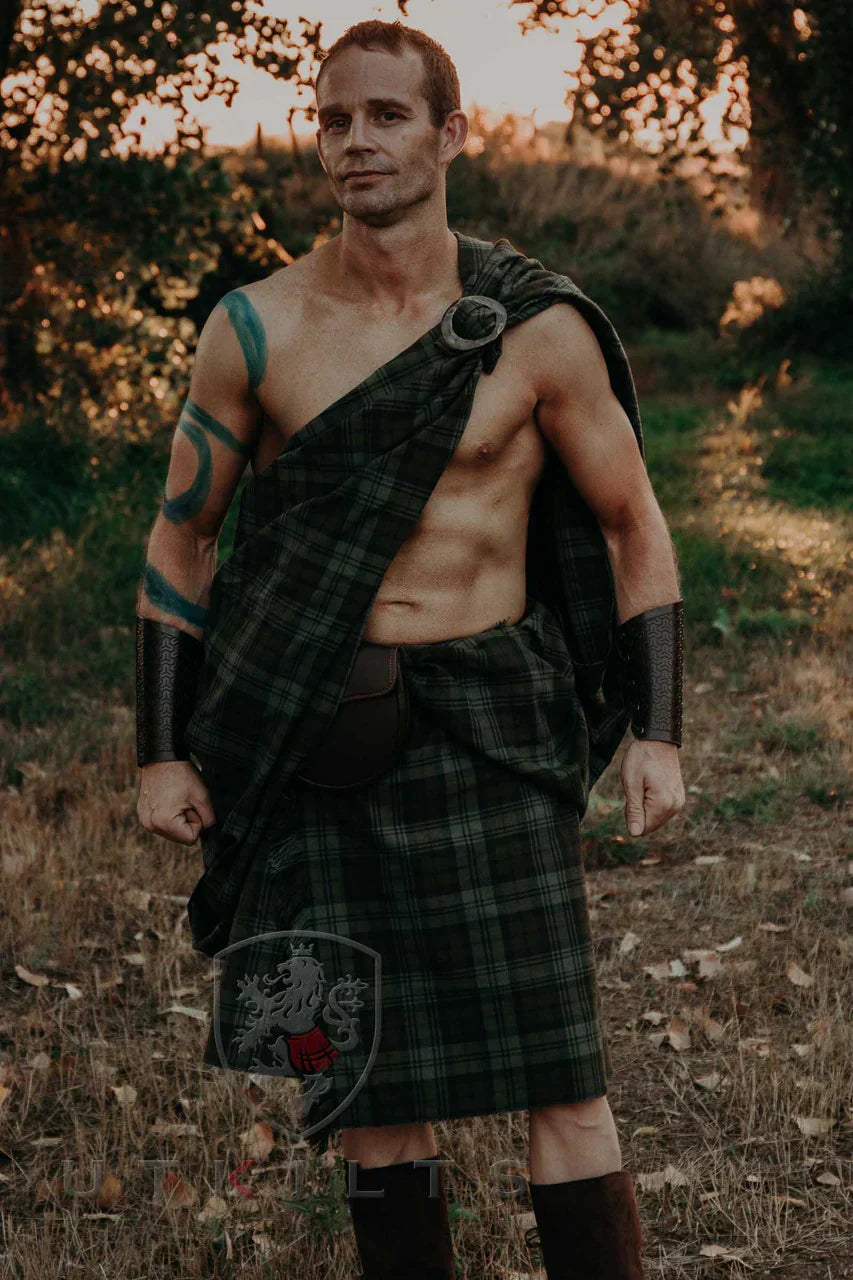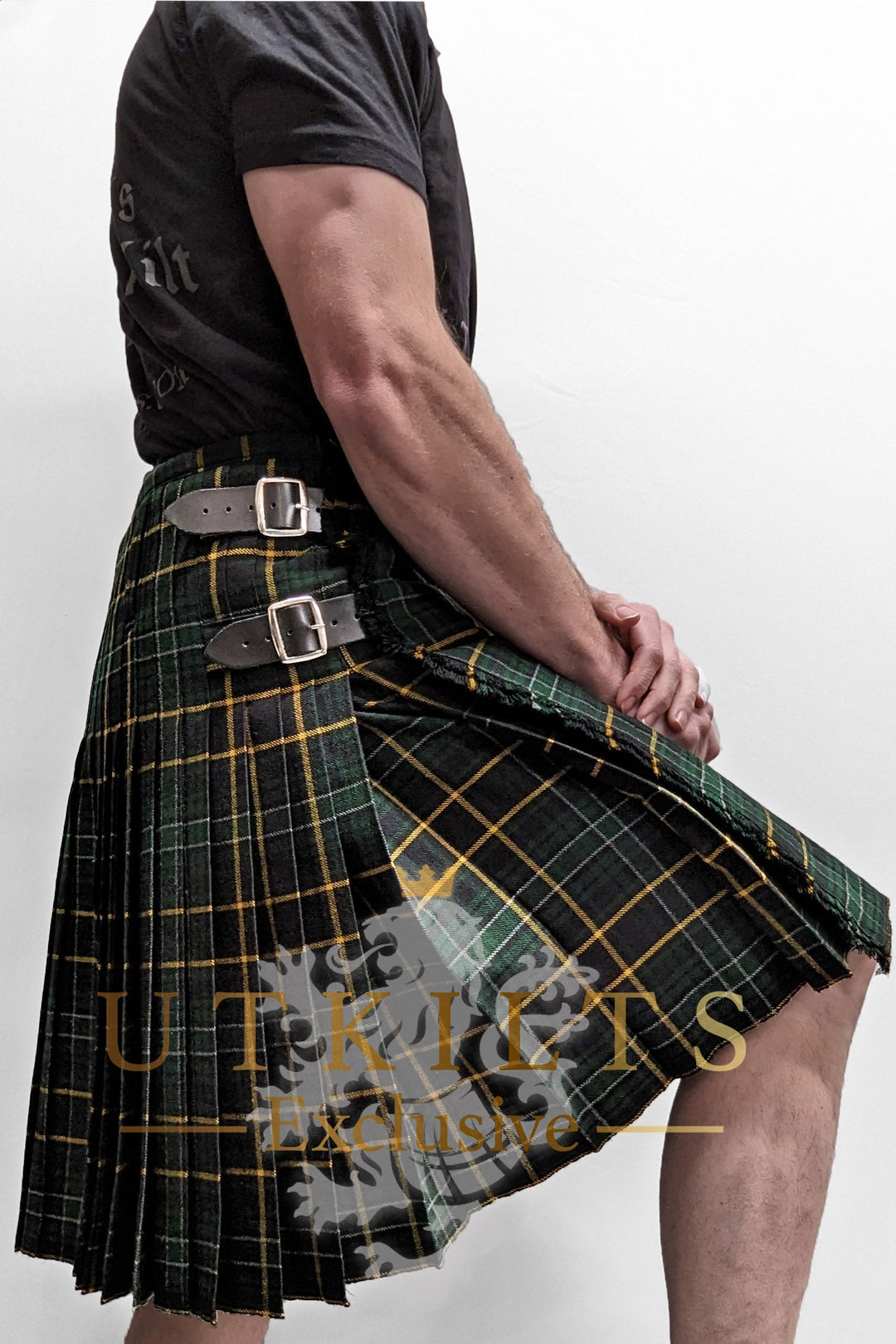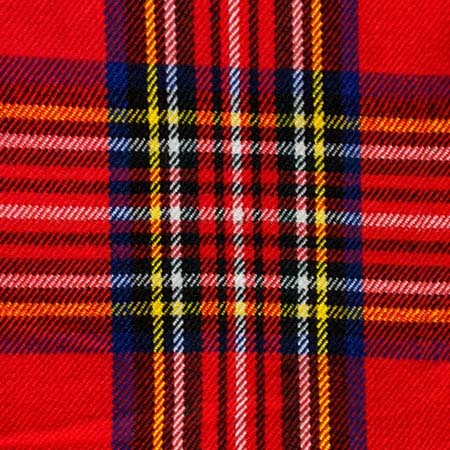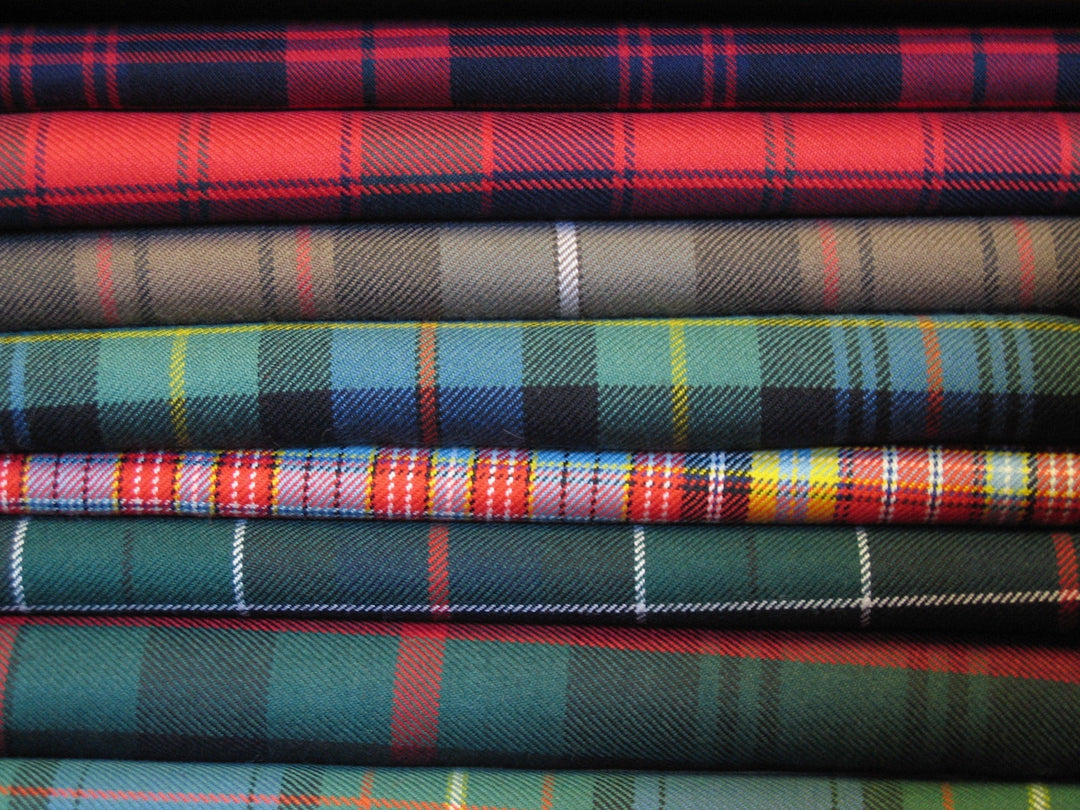The Humble Kilt: A Perfect Item Of Sustainable Fashion

The kilt has persevered proudly as an iconic piece of clothing since the 16th century, flourishing in status despite the bracing Highland weather and vagaries in fashion, and even surviving being made illegal by King George II in the 1700s. Alongside being a timeless fashion item, the kilt has also kept in lockstep with the present day, seamlessly adapting to contemporary concerns, whether they be questions of fashion and modernity, or issues regarding sustainability and ecological awareness. Exploring what makes a kilt such a perfect item of sustainable fashion is a fascinating historical journey.
Sustainability Is The Key
Sustainability in fashion is a vital concern nowadays. Essentially, it asks whether an item of clothing is suitably respectful and considerate of the effect that its production has on the world around it. Does it create too much waste, and does it use up unnecessary amounts of water and energy in its production? Are there too many synthetic ingredients in the mix that make its production ecologically unfriendly?
Modern clothing companies are rightly aware of these concerns. Many produce modern fashion items that utilize sustainable methods of production and dying. These often incorporate a contemporary artisan respect for traditional processes, combined with earthy colors and fabrics redolent of classic kilt making, which are also suitable for the active lifestyles of a young and ethical generation.
Proud And Durable
The kilt fits into this ethos comfortably. It can be manufactured from a single length of material to cut down on wastage. The rich tradition of using natural dyes gives it a timeless quality and is part of its attraction and branding. The durability of a kilt means it can withstand a lot of use and wear and tear. It isn’t a fragile slip of a thing that needs to be replaced every season, but instead a proud and stylishly hardy garment that projects the responsible spirit of the person wearing it.
A Reflection Of Nature
Kilts were originally a hearty and durable wrap of thick wool, ideally suited to the testing conditions of the Scottish countryside. They perfectly suited and reflected the geographical conditions they were developed to be worn in, being tough, resilient, and lacking in any sense of over-elaborate fussiness. They were originally dyed with natural ingredients such as grass bark, roots and berries, rather than artificial or synthetic dyes, and this sense of connection to the world around them displays an earthy link to nature, indicating why they’re considered such vanguards of sustainable fashion.
A kilt is the perfect item of sustainable clothing. When a kilt is manufactured, it is generally created from a single piece of fabric, with any offcuts being used to belt and hem the garment. The long tradition of using natural dyes is not only ecologically friendly, but is also an integral part of the charm and identity of a kilt. There’s no wastage, no need for synthetic pollutants, and the durability of a kilt means there’s no need to replace it every time you encounter a little harsh weather. It’s always been clear that a kilt is made to last, and nowadays it’s equally clear that sustainability is woven into the very cloth itself.








Leave a comment